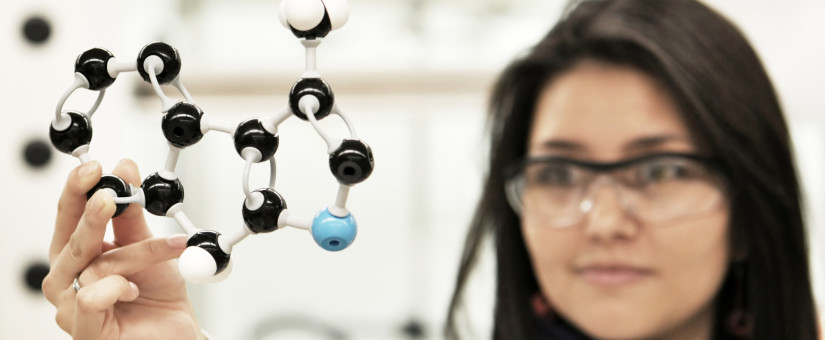
Определение новой активной субстанции (NAS, New Active Substance) которое касается химических веществ
- 1 марта 2016
On 19 January 2016, the European Medicines Agency published a new document entitled Reflection paper on the chemical structure and properties criteria to be considered for the evaluation of new active substance (NAS) status of chemical substances.
This document is intended to reflect the current experience concerning the definition of a New Active Substance (NAS) in the context of preparation of dossiers and submissions of applications for Marketing Authorisation (MAA) for chemical medicinal products for human use.
The paper describes the chemical structure and properties criteria to be taken into account to qualify a chemical active substance as NAS, as well as the required elements to be submitted by applicants to substantiate their claims.
The current legislation, Article 10.2.b of Directive 2001/83/EC, as amended, states that […] the different salts, esters, ethers, isomers, mixtures of isomers, complexes or derivatives of an active substance shall be considered to be the same active substance unless they differ significantly in properties with regard to safety and/or efficacy. In such cases additional information providing proof of the safety and/or efficacy of the various salts, esters or derivatives of an authorised active substance must be supplied by the applicant […].
This reflection paper states that a chemical active substance that is not previously authorised in a medicinal product for human use in the European Union and that is from a chemical structure point of view not related to any other authorised substances should be considered as a NAS. Such substance is considered to be new in itself when the administration of the applied active substance would not expose patients to the same therapeutic moiety as already authorised active substance(s) in the European Union.
And additionally, if the chemical active substance is structurally related as a salt, ester, ether, isomer, mixture of isomers, complex or derivative of an already approved active substance(s) in the European Union, it should be assessed whether it shares the same therapeutic moiety at the site of the biological activity as the already approved active substance and if so whether it differs significantly in properties with regard to safety and/or efficacy.
The main aim is to provide a harmonised approach to evaluate whether development of enantiomers, complexes, derivatives or different salts or esters of an existing active substance should be considered as a NAS or not. Achievement of this goal is important for the following reasons:
- providing a consistent interpretation of NAS across Europe,
- enabling industry to have a clear understanding of what will, and what will not constitute a new active substance (making decisions on development programmes and the supporting data package),
- an access to or compulsory use of the centralised procedure.
The justification of the new active substance status with reference to the significant difference in safety and/or efficacy needs to be considered on a case-by-case basis. Some examples of sufficiently significant differences are presented below:
- significant changes to the dosing frequency or another route of administration mandated by significant differences in safety and/or efficacy properties,
- changes to the overall efficacy at clinically relevant dose,
- clinically relevant changes that result in differences to contraindications, warnings or clinically significant adverse reactions;
- clinically relevant changes that affect significantly drug:drug interactions such that the population able to take the drug is significantly different; such changes may be demonstrated in drug:drug interaction studies.
References:
Reflection paper on the use of cocrystals of active substances in medicinal products




